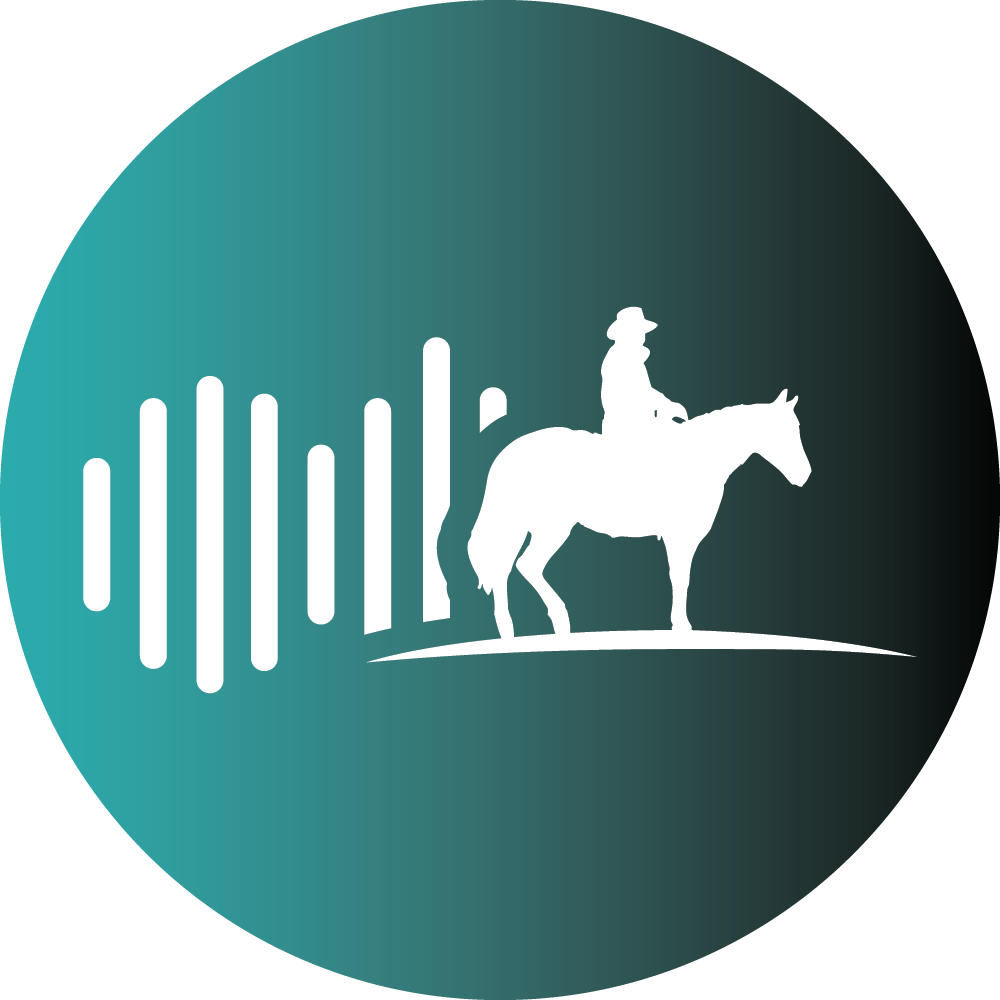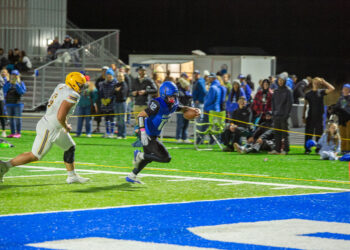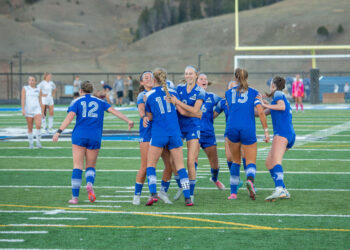By Allen Sills GUEST COLUMNIST

Across the Big Sky area and around the world, friends and families will gather on Sunday, Feb. 9 to watch the biggest sporting event of the year, Super Bowl LIX from New Orleans. In my 20-plus years as a part-time Big Sky resident, I’ve spent several Super Bowl Sundays on the slopes before coming in to watch the game.
But in 2017, I was appointed the NFL’s first chief medical officer, overseeing the league’s medical support and emergency medical preparedness. Since then, I’ve seen a different side of the big game.
I’ve seen firsthand that the Super Bowl is more than the players, coaches, entertainers and commercials—including an unbelievable number of people focused on a safe game day.
The Super Bowl is one of the most secure sites in the country. Law enforcement closely monitors the venue for over a week before the game, and on game day. Teams, fans and personnel go through multiple layers of security to access the stadium. There are also detailed plans for every scenario imaginable.
When it comes to player care, more than 30 medical professionals are present—the case for every NFL game, not just the Super Bowl. This includes team doctors and trainers, as well as league-employed specialists such as emergency response physicians, unaffiliated neurotrauma specialists and athletic trainer spotters, plus paramedics and emergency personnel. Our “Team Behind the Team” is equivalent to a well-staffed emergency room, ensuring we can respond to any life-threatening event.

There is also a dedicated video system monitoring 64 camera views inside the stadium for potential injuries. Video carts on each sideline are controlled from a booth above the field, and this video is made available for use in diagnosis and management of injuries. Medical staff must review footage of any play where a concussion is suspected, and also use the system to evaluate other injuries. You may also notice the blue tent on the sidelines, providing a portable exam room.
Pro tip—if a player enters the tent with someone in a red hat, it’s likely a concussion evaluation. The person wearing the red hat is an unaffiliated neurotrauma consultant, who must be present for each concussion evaluation.
Spotters in the booth also have a button to notify the referee to stop play for a potentially injured player with a “medical timeout.” This ensures that if play hasn’t stopped, we can remove the player from the field. If the button is pushed, the referee says, “Stoppage of play for a medical timeout,” and the potentially injured player is escorted away.

Lastly, one of the most important parts of game day you won’t see on TV is the “60 Minute Medical Meeting.” One hour before kickoff, medical personnel gather with representatives of both teams and the referee to review health and safety protocols for smooth coordination in case of emergency.
I hope you enjoy the game, and perhaps you’ll notice some health and safety measures on your screen. I’ll be on the sidelines, but it won’t be long before I head to Big Sky for some R&R on the snow. Here’s hoping for a safe and healthy game for everyone!
Allen Sills, MD is a neurosurgeon who serves as the NFL’s Chief Medical Officer. He’s been a part time Big Sky resident since 2001, and when in town can often be found on alpine or skinny skis, wading a local stream, or hiking one of Big Sky’s trails.














